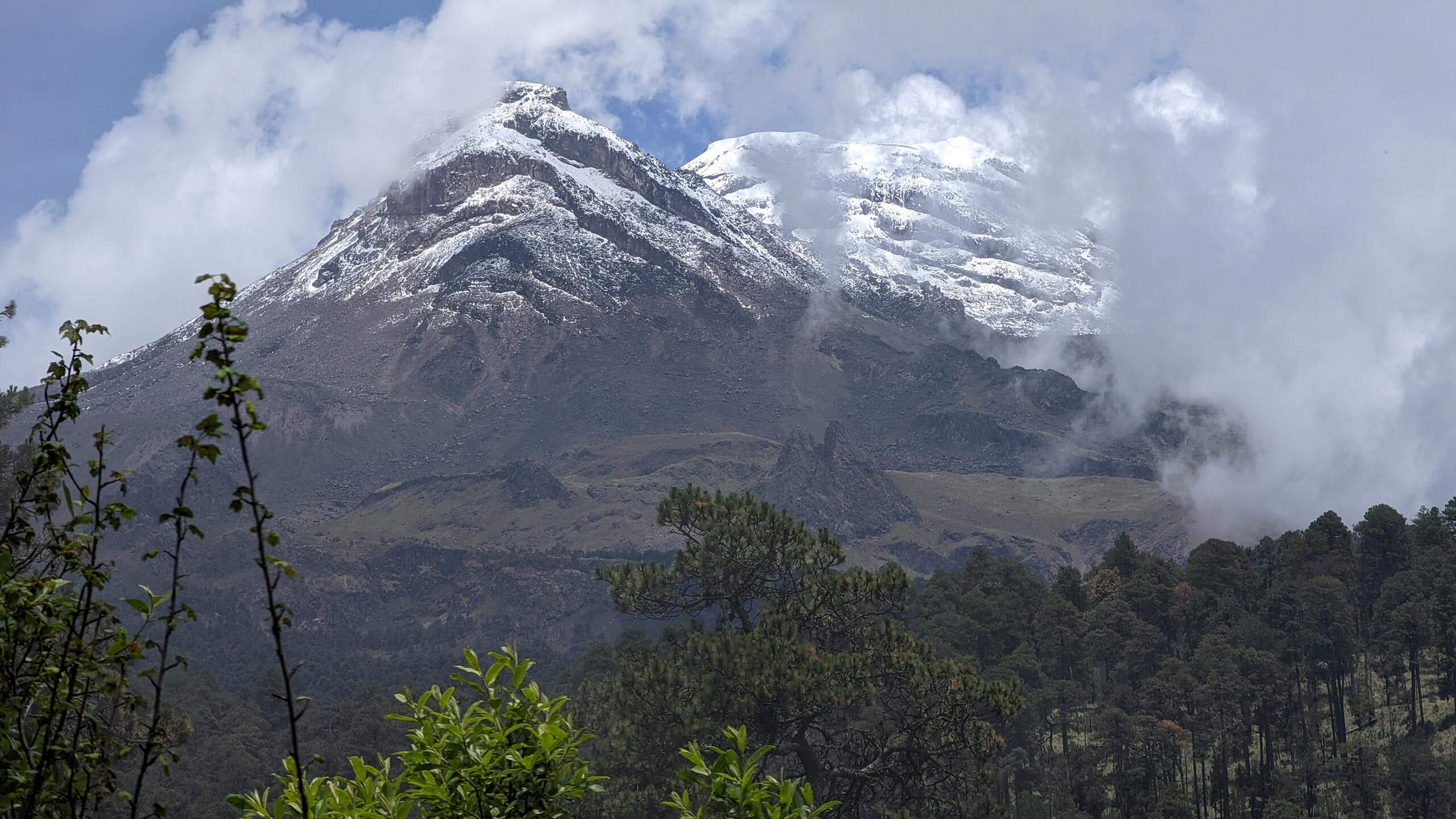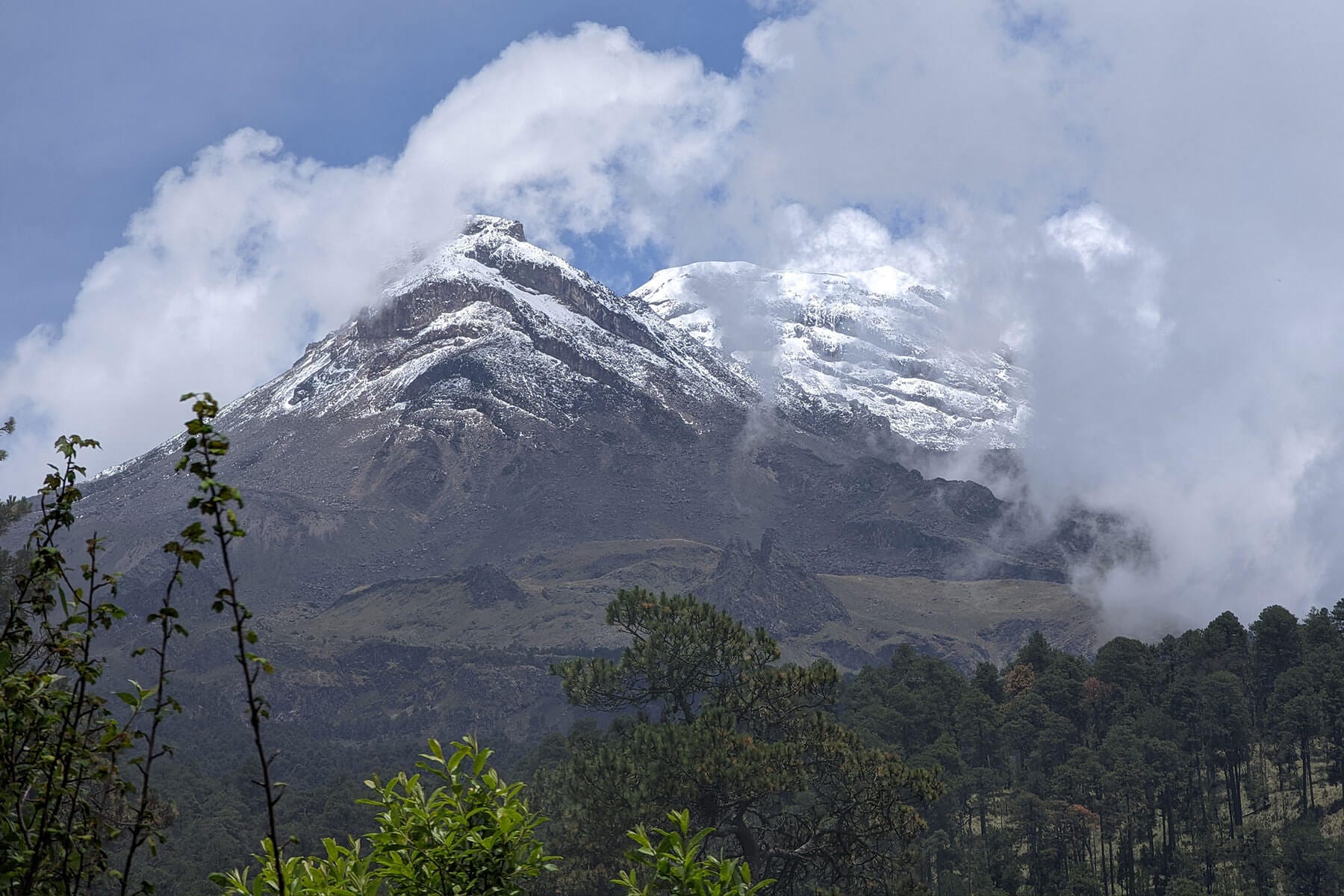Reforestation in
Mexico
With deserts in the north, mountains at the center, and verdant rainforests to the south and east, Mexico is a land of wild beauty. Most of its landscape is mountainous, and its situation between the Equator and Arctic Circle make it a haven for species migrating from harsher climates. The country’s northern deserts are home to species adapted to tough conditions — and its rainforests and wetlands are rich with tropical plants and elusive creatures like the jaguar.
The primary threats to Mexico’s forests are tied to rising population density, including the conversion of forestland for agriculture and livestock, and high demand for timber. Deforestation has been exacerbated by agricultural revolutions, which have introduced more intensive land-use methods and techniques. This poses a significant risk to the unique flora and fauna that depend on Mexican forests — many of which are now at risk of extinction.

Mexico Stats
70%
Forest Land
Almost 70% of Mexican territory is classified as forest land.
95%
of Deforestation
As of 2020, 95% of deforestation in Mexico occurs illegally.
Mexico, Forest Governance and Policy
10-12%
Of biodiversity
10-12% of the world’s species can be found in Mexico.
Mexico, BIOFIN
3,000
Medicinal plants
3,000 of Mexico’s plants are used for medical purposes.
Use of medicinal plants by health professionals in Mexico, Angel Josabad Alonso-Castro et al, Science Direct
75%
Habitat Loss
3,000 of Mexico’s plants are used for medical purposes.
60%
Of Water
60% of potable water in California is sourced from forested watersheds.
Project Highlights
Reforestation in Mexico will help regenerate ecosystems that are suffering from forest and plant cover loss. This loss of forest and plant cover is bringing serious consequences such as fires, decreased biodiversity, droughts, erosion, soil degradation, and air pollution. Learn about three recent reforestation projects that planted trees in Mexico!

Watershed Management in the State of Veracruz
This project is restoring central temperate forests across two mountain regions, Cofre de Perote and the Citlaltepetl Volcano, also known as the Pico de Orizaba—as well as southern humid tropical forests in the buffer of Los Tuxtlas Biosphere Reserve. By planting a mix of native and fruit bearing trees around water sources, the goal of this initiative is to secure local watersheds and promote the creation of tree corridors to connect relic forest parcels.
Jalisco and Querétaro
This project aimed to improve the environment and empower local communities by reforesting land affected by grazing, soil erosion, and illegal logging. Led by local women and youth, each tree planted benefits the environment by absorbing CO2, reducing soil erosion, increasing water retention, lowering temperatures, providing shade, reducing landslide risks, and protecting native wildlife. This work fosters ecological restoration and community engagement simultaneously.


Monarch High Forest Restoration
This project revitalized crucial areas for monarch butterfly migration and hibernation. Monarchs rely on oyamel fir trees for shelter, as they help regulate temperature and humidity at their roosting sites. Participants in the project received comprehensive training in effective reforestation practices, engaged in environmental awareness days with local communities and volunteers, and took part in follow-up and monitoring activities to ensure long-term success.
Learn more

